If you’re launching a new clothing brand or scaling an existing label, choosing the right clothing manufacturer is the single most important business decision you’ll make. This guide explains what manufacturers do, how to evaluate them, common pricing drivers, and the exact steps to go from tech pack to production optimized so your page ranks for high-intent buyers searching for manufacturing partners.
Who this page is for
-
New fashion brands looking for low MOQ options.
-
Retailers and designers seeking private label partners.
-
Fitness/apparel brands needing performance fabrics & specialized finishing.
-
Buyers wanting transparent timelines, sample processes, and compliance info.
What a Clothing Manufacturer Actually Does
A modern clothing manufacturer offers more than sewing. Typical services include:
-
Pre-production: fabric sourcing, costing, pattern making, grading, tech-pack validation.
-
Sampling: proto and fit samples, adjustments, and approval cycles.
-
Production: cut & sew, knitting, printing (screen/DTG), embroidery, dyeing, washing, finishing.
-
Quality Control: inline checks, final QC, AQL sampling, lab testing on request.
-
Logistics & Compliance: packaging, labeling, export documentation, and shipment.
Why brands pick a professional manufacturer (business outcomes)
-
Faster time-to-market through integrated processes.
-
Lower per-unit cost at scale and better material procurement.
-
Consistent quality by using standard operating procedures and QC.
-
Freedom to focus on brand & sales while production is handled by specialists.
How to Evaluate & Choose a Clothing Manufacturer — 12-Point Checklist
-
MOQ flexibility: Are they willing to work with small sample runs?
-
Minimum lead time & capacity: Confirm realistic timelines.
-
Sample policy & cost: Who pays for samples and revisions?
-
Fabric sourcing: Do they source/suggest fabrics or require you to provide them?
-
Manufacturing capabilities: Cut & sew, knitted garments, screen printing, embroidery, washings.
-
Quality control processes: AQL level, inline checks, final inspection reports.
-
Certifications & compliance: (e.g., GOTS, Oeko-Tex, Sedex, ISO) — ask for evidence.
-
Communication & language: Single point of contact, response time.
-
Pricing transparency: Clear costing: fabric, trims, labor, shipping.
-
IP & sample protection: NDAs, sample ownership.
-
References & portfolio: Past clients, case studies, sample images.
-
Logistics support: Export documentation, freight forwarding partners.
Typical MOQs & Lead Times (What to expect)
-
Proto/sample: 1–5 units (7–14 days).
-
Low MOQ production: 50–300 units per style (3–6 weeks).
-
Bulk orders: 500+ units (6–12+ weeks).
Factors: fabric lead times, print complexity, trims, and peak season capacity.
Pricing drivers what affects your per-unit cost
-
Fabric type, GSM & composition (natural vs technical fabrics).
-
Complexity of pattern and grading.
-
Finishing (wash, enzyme treatments, garment dyeing).
-
Embellishments (embroidery, appliqué, hardware).
-
Order size & repeatability (larger runs lower per-unit cost).
-
Packaging & special labeling.
Sustainability & Compliance sellable differentiators in 2025
Buyers care about traceability. Highlight:
-
Sustainable fabrics (organic cotton, recycled polyester).
-
Certifications (GOTS, GRS, Oeko-Tex).
-
Transparent supply chain — fabric origin, dyehouse policies.
-
Worker welfare and audit reports (Sedex, Social Compliance).
Step-by-Step: How to Work With Us
-
Send your tech pack / inspiration (specs, size chart, desired fabric).
-
Costing & lead time: We will share a quote and sample timeline.
-
Sample production: approve fit & finish (1–2 revision cycles common).
-
Pre-production & deposit: manufacturer sources fabric and schedules production.
-
Production run — inline QC and progress updates.
-
Final QC & shipment — AQL checks, pack list, and shipping.
Pro tip: Request real photos of production progress and a short video during QC for remote reassurance.
